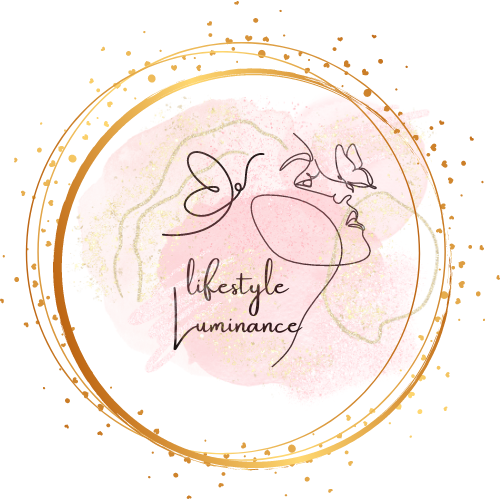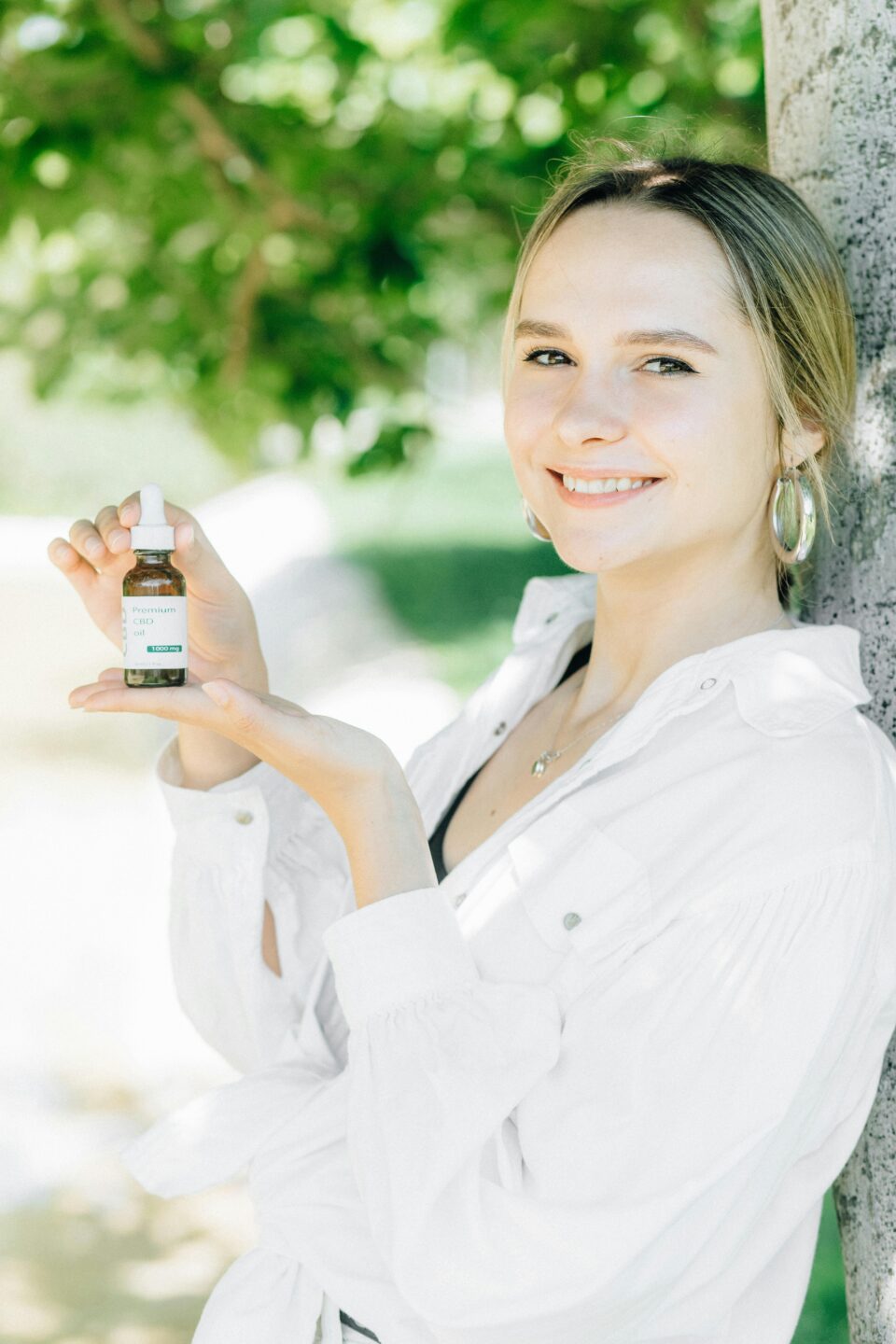Introduction:
Acne is one of the most common skin problems worldwide, and people with oily skin often struggle the most. The excess sebum produced by oil glands not only makes the skin greasy but also clogs pores, leading to pimples, blackheads, and whiteheads. If you have oily skin and are tired of frequent breakouts, you’re not alone. The good news is that with the right care, habits, and treatments, you can control oil production, reduce acne, and achieve clear, healthy-looking skin.
In this article, we will explore how to remove acne from an oily face, including its causes, preventive measures, home remedies, medical treatments, and long-term skincare tips.
Understanding Acne on Oily Skin
Before we discuss solutions, it’s important to understand why acne forms on oily skin.
- Excess Sebum Production
Oily skin occurs when the sebaceous glands produce more oil than necessary. This oil can mix with dead skin cells and block pores, leading to acne. - Clogged Pores
When pores get clogged with oil, dirt, and bacteria, they become inflamed, resulting in pimples and blackheads.
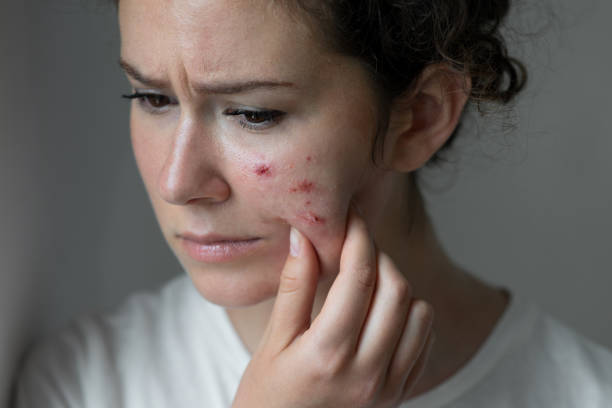
- Hormonal Changes
Hormones, especially during puberty, menstruation, or stress, can trigger oil production and worsen acne. - Diet and Lifestyle
Foods high in sugar, dairy, and fried items can contribute to acne. Poor sleep and stress also play a role. - Improper Skincare
Using harsh products or skipping skincare routines can make oily skin worse. Over-cleansing can also strip natural oils, causing glands to produce even more oil.
Tips to Remove Acne from an Oily Face
Here are practical and effective tips you can follow to reduce and prevent acne:
1. Cleanse Gently but Effectively
- Wash your face twice a day with a mild, oil-free, foaming cleanser.
- Avoid harsh scrubs, as they can irritate the skin and increase oil production.
- Look for cleansers with salicylic acid or benzoyl peroxide, which help unclog pores and fight bacteria.
2. Exfoliate Regularly
- Exfoliation helps remove dead skin cells that clog pores.
- Use a chemical exfoliant containing AHA (glycolic acid) or BHA (salicylic acid) 2–3 times a week.
- Avoid over-exfoliating, as it can irritate the skin.
3. Use Oil-Free Moisturizer
- Many people with oily skin skip moisturizers, but hydration is essential.
- Choose a lightweight, non-comedogenic, gel-based moisturizer.
- Ingredients like hyaluronic acid and aloe vera provide hydration without making skin greasy.
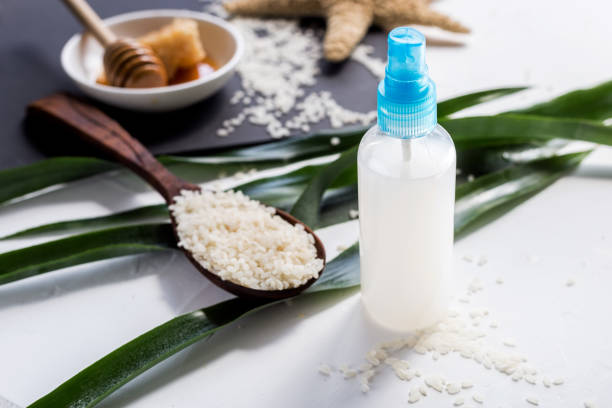
4. Apply Sunscreen Daily
- Sun exposure worsens acne and can leave dark spots.
- Use a broad-spectrum SPF 30 or higher, preferably oil-free and matte-finish sunscreen.
5. Avoid Touching Your Face
- Touching your face transfers dirt and bacteria from your hands, causing more breakouts.
- Also, avoid popping pimples, as it can lead to scars.
6. Choose Makeup Carefully
- Always use non-comedogenic and oil-free makeup products.
- Remove makeup thoroughly before bed to avoid clogged pores.
7. Stay Hydrated and Eat a Balanced Diet
- Drink at least 8 glasses of water daily to flush toxins.
- Reduce intake of sugary, fried, and processed foods.
- Eat more fruits, vegetables, whole grains, and omega-3 fatty acids (found in fish and flaxseeds).
Home Remedies for Acne on an Oily Face
If you prefer natural solutions, several home remedies can help reduce acne.
1. Tea Tree Oil
- Has antibacterial properties that kill acne-causing bacteria.
- Mix a few drops with a carrier oil (like coconut oil) and apply to affected areas.
2. Aloe Vera Gel
- Soothes irritation, reduces redness, and hydrates oily skin without clogging pores.
- Apply fresh aloe vera gel directly on pimples before bedtime.
3. Honey and Cinnamon Mask
- Both honey and cinnamon have anti-inflammatory and antibacterial benefits.
- Mix 2 tablespoons of honey with 1 teaspoon of cinnamon, apply as a mask for 15 minutes, then rinse.
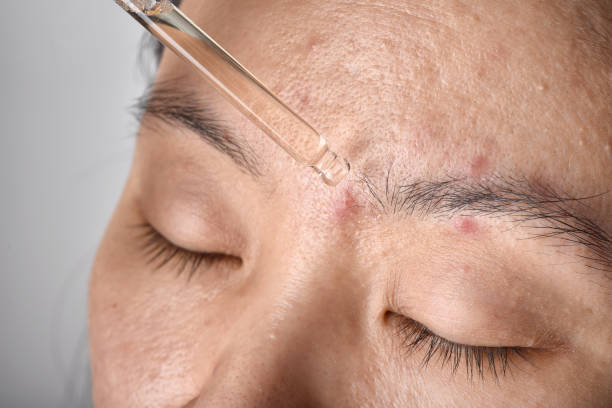
4. Green Tea Extract
- Drinking green tea helps detoxify, and applying cooled green tea bags can reduce inflammation.
5. Apple Cider Vinegar
- Works as a natural toner to balance the skin’s pH and fight bacteria.
- Dilute with water (1 part vinegar to 3 parts water) before applying.
6. Lemon Juice
- Contains vitamin C, which brightens skin and reduces oil.
- Use sparingly, as it can cause dryness or irritation if applied directly.
Medical Treatments for Acne on Oily Skin
If acne persists despite following skincare routines and home remedies, consult a dermatologist. They may recommend:
- Topical Treatments
- Benzoyl Peroxide: Kills bacteria and reduces inflammation.
- Salicylic Acid: Unclogs pores and reduces oil.
- Retinoids (Adapalene, Tretinoin): Promote cell turnover and prevent clogged pores.
- Oral Medications
- Antibiotics: Reduce bacteria and inflammation.
- Oral Contraceptives: For women, regulate hormones and reduce acne.
- Isotretinoin (Accutane): For severe cases, it reduces oil gland activity.
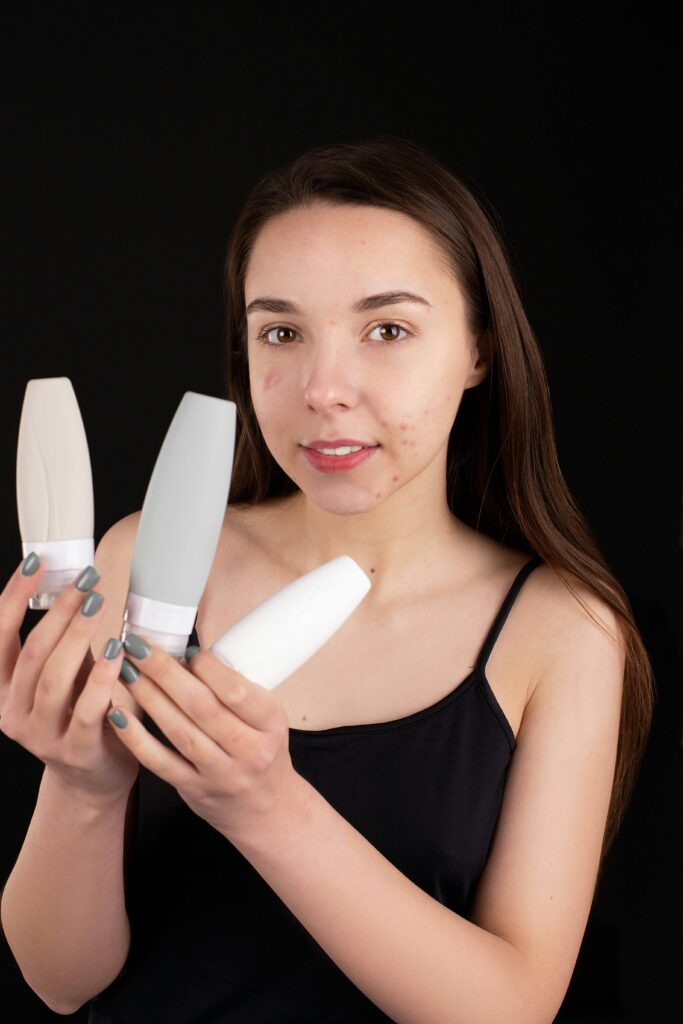
- Professional Treatments
- Chemical Peels: Remove dead skin and reduce acne scars.
- Laser Therapy: Reduces oil production and kills bacteria.
- Extraction: Dermatologists can safely remove blackheads and whiteheads.
Lifestyle Tips to Prevent Acne on an Oily Face
Prevention is as important as treatment. Here are lifestyle tips to keep acne away:
- Wash pillowcases and towels frequently to prevent bacteria buildup.
- Manage stress with yoga, meditation, or exercise.
- Get enough sleep (7–8 hours) to allow skin to repair itself.
- Avoid excessive sugar and junk food.
- Exercise regularly to improve blood circulation and flush toxins, but always shower afterward.
Long-Term Skincare Routine for Oily, Acne-Prone Skin
Building a consistent routine is key to acne-free skin:
Morning Routine:
- Cleanse with a gentle foaming cleanser.
- Apply a lightweight, oil-free moisturizer.
- Apply sunscreen (SPF 30+).
Night Routine:
- Remove makeup completely.
- Cleanse your face.
- Apply a treatment serum (like salicylic acid or retinoid).
- Moisturize with a non-comedogenic gel cream.
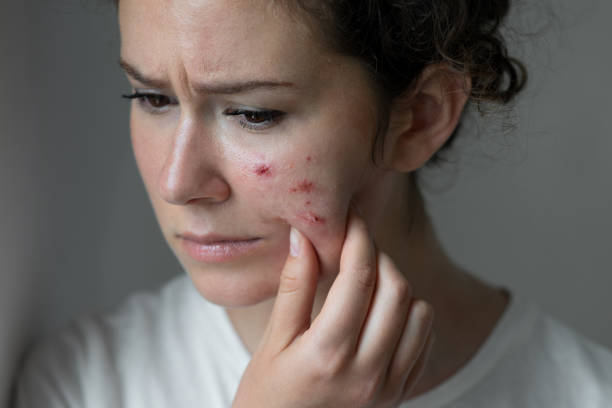
Final Thoughts
Acne on oily skin can be frustrating, but it is manageable with the right approach. Understanding your skin type, following a consistent skincare routine, using home remedies wisely, and seeking professional help when needed can make a huge difference.
If you’ve been wondering how to remove acne from an oily face, the solution lies in a balanced routine—cleanse, exfoliate, moisturize, protect, and nourish. With patience and consistency, you can achieve clear, healthy, and glowing skin.
